K.C.S.E Physics Q & A - MODEL 2007PP2QN18
(a) Figure 14 shows the features of a cathode ray tube
(i) Name the parts labeled A and B
A …………………………………. B……………………………. (ii) Explain how the electrons are produced in the tube (iii) State two functions of the anodes (iv) At what part of the cathode ray tube would the time be connected? (v) Why is a vacuum created in the tube? (b) The graph in figure 15 was obtained on a cathode ray oscilloscope (CRO) screen when the output of an a.c generator was connected to the input of the CRO. The time- base calibration of the CRO was set at 20 milliseconds per centimeter and the y- gain at 5 volts centimeter.
(i) Determine the pick voltage of the generator
(ii) Determine the frequency of the voltage On the same grid, redraw the graph for the same voltage when the time base calibration is set at 40 milliseconds per centimeter and y- gain at 10 volts per centimeter. (Show at least one complete cycle)
0 Comments
K.C.S.E Physics Q & A - MODEL 2007PP2QN17
(a) State Lenz's Law of electromagnetic induction
(b) Figure 13 shows a simple microphone in which sound waves from the person talking cause the cardboard diaphragm to vibrate
(i) Explain how a varying current is induced in the coil when the diaphragm vibrates
(ii) State two ways in which the induced current in (i) above can be increased (c) A transformer with 1200 turns in the primary circuit and 120 turns in the secondary circuit has its primary circuit connected to a 400V a.c source. It is found that when a heater is connected to the secondary circuit, it produces heat at the rate of 600w. Assuming 100% efficiency, determine the: (i) Voltage in the secondary circuit (ii) Current in the primary circuit (iii) The current in the secondary circuit K.C.S.E Physics Q & A - MODEL 2007PP2QN16
(a) Figures 11 (a) and (b) show diagrams of the human eye
(i) Sketch in figure 11 (a) a ray diagram to show shortsightedness
(ii) Sketch in figure 11 ( b) a ray diagram to show how a lens can be used to correct the shortsightedness (b) Figure 12 shows the features of a simple camer
(i) Name the parts labeled A and B
A ………………………………………. B ………………………………………. (ii) A still object is placed at a certain distance from the camera. Explain the adjustments necessary for a clear image of the object to be formed. (iii) State the functions of the shutter and the parts labeled A and B Shutter …………………………………………………………………. A………………………………………………………………………… B ……………………………………………………………………….. (c) A lens forms a clear image on a screen when the distance between the screen and the object is 80cm. If the image is 3 times the height of the object, determine. (i) The distance of the image from the lens (ii) The focal length of the lens K.C.S.E Physics Q & A - MODEL 2007PP2QN15
(a) State Ohm's Law
(b) The graph in figure 9 shows the current – voltage characteristics of a certain device, X
(i) State with a reason whether the device obeys Ohm's law
(ii) Determine the resistance of the device, X, when the current through it is 60 mA. (iii) When the device, X is connected in the circuit below, the voltage across it is 0.70 V.
Calculate the value of the resistance R.
(c) The cell in figure 10 has an e.m.f of 2.1 V and negligible internal resistance.
Determine the
(i) Total resistance in the circuit (ii) Current in the circuit (iii) Reading of the voltmeter K.C.S.E Physics Q & A - MODEL 2007PP2QN14
You are provided with a diode, a resistor R, an a.c source of low voltage and connecting wires.
In the space provided, sketch the circuit diagram for a half – wave rectifier and indicate the terminals where the output voltage V0 may be connected. K.C.S.E Physics Q & A - MODEL 2007PP2QN13
The following is part of radioactive decay series
Determine the values of a and b
a = ……………………………………. b= ………………………………
answer
K.C.S.E Physics Q & A - MODEL 2007PP2QN11&12
The graph in figure 8 shows the variation of photoelectric current with applied voltage when a surface was illuminated with light of a certain frequency. Use the information in the figure to answer questions 11 and 12
On the same axes, sketch the graph when light of higher intensity but same frequency is used to illuminate the surface.
Explain your answer in 11 above
K.C.S.E Physics Q & A - MODEL 2007PP2QN10
State what is meant by the term accommodation as applied to the human eye.
ANSWER
K.C.S.E Physics Q & A - MODEL 2007PP2QN09
A heater of resistance R1 is rated P watts, V volts while another of resistance R2 is rated 2P watts, V/2 volts. Determine R1 / R2
K.C.S.E Physics Q & A - MODEL 2007PP2QN08
In the circuit diagram shown in figure 7, the ammeter has negligible resistance
When the switch S, is closed, the ammeter reads 0.13 A.
Determine the internal resistance of the cell
K.C.S.E Physics Q & A - MODEL 2007PP2QN07
Figure 6 shows a ray of light incident on the face of a water prism
Sketch the path of the ray as it passes though the prism
Critical angle for water is 49 K.C.S.E Physics Q & A - MODEL 2007PP2QN06
Figure 5 (a) and (b), show wavefronts incident on barriers blocking part of the path.
On the same figures sketch the wavefronts to show the behavior of the waves as they pass each barrier and after passing the barrier.
K.C.S.E Physics Q & A - MODEL 2007PP2QN05
Figure 4. shows the displacement – time graph for a certain wave
Determine the frequency of the wave
K.C.S.E Physics Q & A - MODEL 2007PP2QN04
Figure 3 shows an object, O in front of a concave mirror and its image, I formed after reflection.
(a) On the same diagram draw appropriate ray (s) to locate the principal focus, F, of the mirror.
(b) Determine the focal length of the mirror (scale 1: 5) K.C.S.E Physics Q & A - MODEL 2007PP2QN03
Figure 2 shows a horse – shoe magnet whose poles are labeled and two other magnets near it.
Iron are attracted to the lower ends of the n\magnets as shown.
Identify the poles marked X and Y
X Y
ANSWER
K.C.S.E Physics Q & A - MODEL 2007PP2QN02
State one advantage of an alkaline cell over a lead – acid cell
answer
K.C.S.E Physics Q & A - MODEL 2007PP2QN01
Figure 1 represents a pinhole camera
Sketch rays to show the formation of an enlarged image in the camera. Label both the object and the image
K.C.S.E Physics Q & A - MODEL 2007PP1QN19
(a) State the law of floating
(b) Figure 13 shows a simple hydrometer
(i) State the purpose of the lead shots in the glass bulb
(ii)How would the hydrometer be made more sensitive? (iii) Describe how the hydrometer is calibrated to measure relative density (c) Figure 14 shows a cork floating on water and held to the bottom of the beaker by a thin thread.
(i) Name the forces acting on the cork
(ii) Describe how each of the forces mentioned in (i) above changes when water is added into the beaker until it fills up. K.C.S.E Physics Q & A - MODEL 2007PP1QN18
(a) State what is meant by centripetal acceleration
(b) Figure 12 shows masses, A, B and C placed at different points on a rotating table. The angular velocity of the table can be varied.
(i) State two factors that determine whether a particular mass slides off the table or not
(ii) It is found that the masses slide off at angular velocities A, B, and C respectively. Arrange the values of A, B, C in decreasing order. (c) A block of mass 200g is placed on a frictionless rotating table while fixed to the centre of the table by a thin thread. The distance from the centre of the table to the block is 15 cm. If the maximum tension the thread can withstand is 5.6N. Determine the maximum angular velocity the table can attain before the thread cuts. K.C.S.E Physics Q & A - MODEL 2007PP1QN17
(a) Define the term specific latent heat of vaporization of a substance
(b) Figure 11 shows the features of a domestic refrigerator. A volatile liquid circulates through the capillary tubes under the action of the compression pump. (i) State the reason for using a volatile liquid
|
CATEGORIES
Categories
All
Topics
FORM I - PHYSICS SYLLABUSFORM II - PHYSICS SYLLABUSTOPICS
FORM III - PHYSICS SYLLABUSFORM IV - PHYSICS SYLLABUSARCHIVES
RSS FEEDS
AUTHOR
M.A NyamotiMy passion is to see students pass using right methods and locally available resources. My emphasis is STEM courses
|
We Would Love to Have You Visit Soon! |
Hours24 HR Service
|
Telephone0728 450425
|
|
8-4-4 materialsLevels
Subjects
|
cbc materialsE.C.D.E
Lower Primary
Upper Primary
Lower Secondary
Upper Secondary
|
teacher support
Other Blogs
|



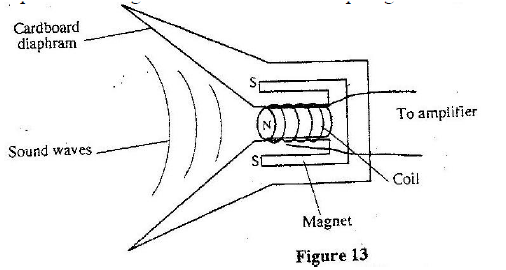

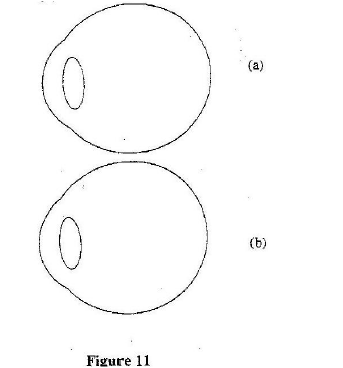
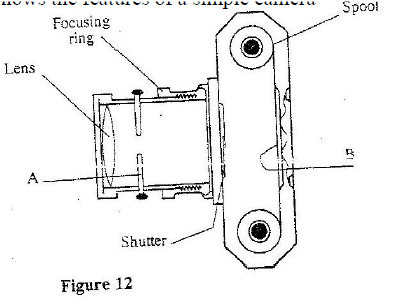
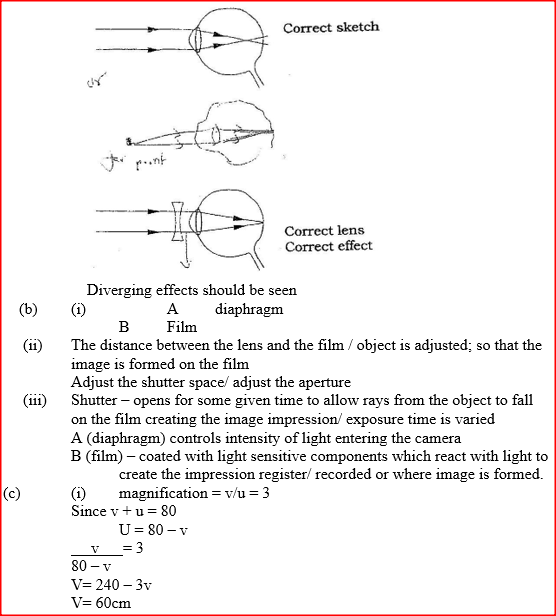

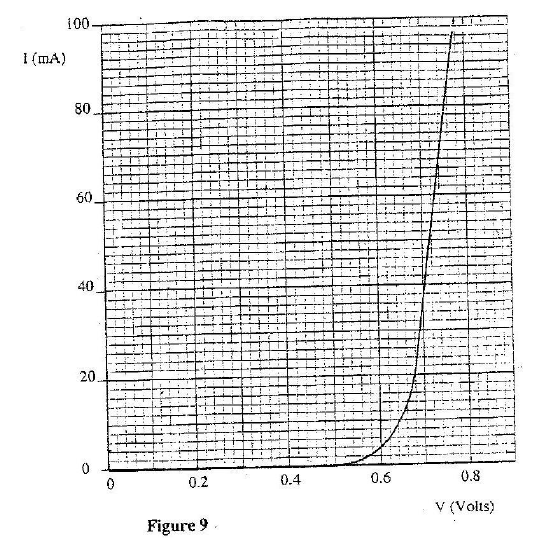




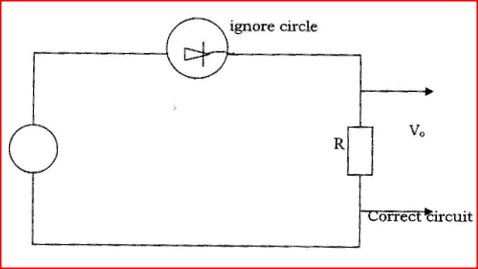

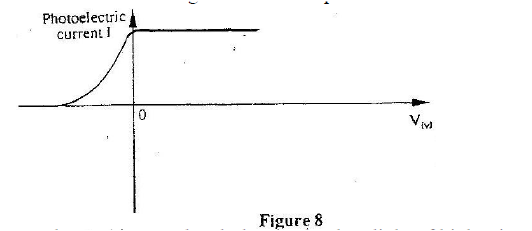
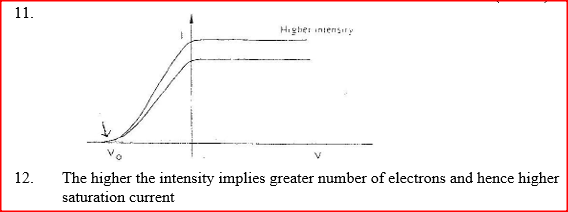
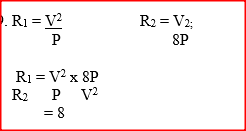








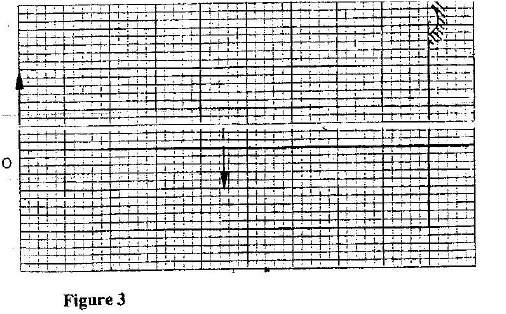
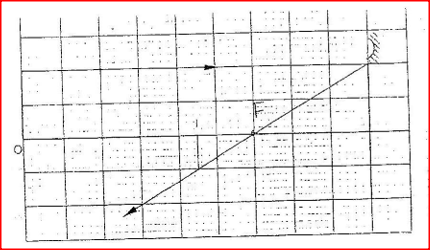

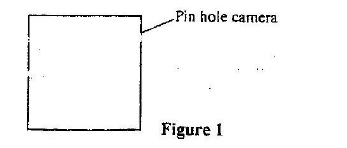






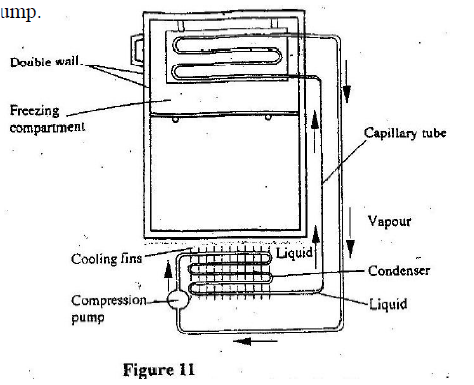





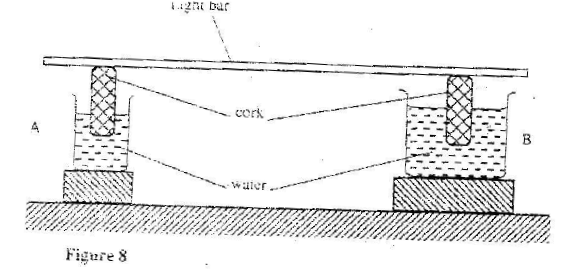
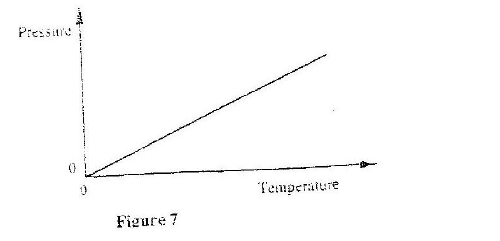
 RSS Feed
RSS Feed